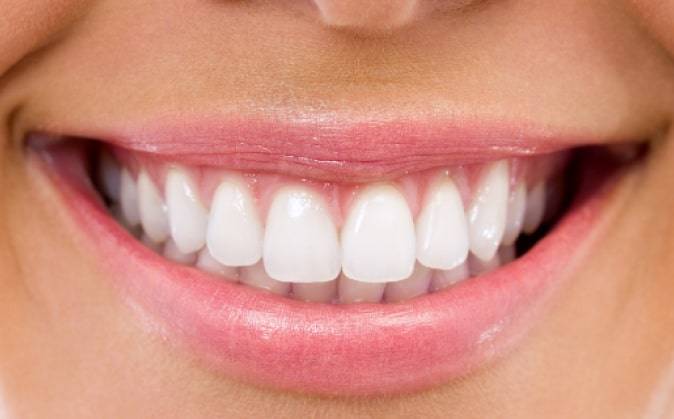Movement disorders encompass a spectrum of conditions that affect a person’s ability to control their body movements. These disorders can be challenging, often impacting a person’s quality of life. However, there’s a myriad of therapies, rehabilitation techniques, and treatment approaches that offer hope and improvement for individuals grappling with these conditions.
Understanding Movement Disorders
Movement disorders cover a broad range of conditions, including Parkinson’s disease, Huntington’s disease, dystonia, ataxia, and essential tremor, among others. Each disorder manifests differently, characterized by involuntary movements, tremors, stiffness, or slowed movements, depending on the specific condition.
The Role of Rehabilitation
Rehabilitation plays a pivotal role in managing movement disorders. Its primary focus is to improve functional abilities, enhance independence, and mitigate the impact of these conditions on daily life. Rehabilitation programs are often personalized and may include a combination of physical therapy, occupational therapy, speech therapy, and other specialized interventions.
Physical Therapy
Physical therapy aims to enhance mobility and motor function. Therapists devise exercises tailored to address specific motor challenges. For instance, exercises targeting balance, coordination, and flexibility can significantly benefit individuals with movement disorders.
Occupational Therapy
Occupational therapy focuses on aiding individuals in performing daily activities more efficiently. Therapists teach strategies to navigate tasks like dressing, eating, and writing, adapting techniques to accommodate limitations caused by the movement disorder.
Speech Therapy
For those whose movement disorder affects speech and swallowing, speech therapy can be invaluable. Therapists employ exercises to strengthen muscles involved in speech and swallowing, improving communication and reducing the risk of complications related to swallowing difficulties.
Treatment Approaches Medications
Medications are often the cornerstone of managing movement disorders. For instance, in Parkinson’s disease, medications aim to restore dopamine levels or mimic its effects in the brain, alleviating symptoms like tremors and rigidity. However, medication efficacy varies among individuals, and adjustments may be necessary over time.
Deep Brain Stimulation (DBS)
DBS is a surgical procedure involving the implantation of electrodes into specific areas of the brain. These electrodes deliver electrical impulses, modulating abnormal brain activity and reducing symptoms in conditions like Parkinson’s disease and essential tremor. It’s an option when medications become less effective in controlling symptoms.
Assistive Devices
Assistive devices like canes, walkers, specialized utensils, or adaptive technology play a crucial role in supporting individuals with movement disorders. These tools aid in mobility, facilitate daily activities, and promote independence.
Emerging Therapies Exercise and Physical Activity
Increasingly, research emphasizes the benefits of regular exercise in managing movement disorders. Exercise regimes tailored to individual abilities can improve mobility, balance, and overall well-being. Activities such as yoga, tai chi, and dance have shown promise in enhancing motor function and quality of life.
Virtual Reality (VR) Therapy
VR therapy is gaining attention as a rehabilitation tool for movement disorders. Immersive virtual environments offer a controlled setting to practice movements, improving coordination and motor skills. This technology holds promise for engaging and effective therapy sessions.
Neurorehabilitation and Robotics
Advancements in neurorehabilitation and robotics present innovative approaches to aid movement rehabilitation. Robotic devices assist patients in performing repetitive movements, enhancing motor learning and recovery. These technologies offer precise and customizable therapies tailored to an individual’s needs.
Conclusion
Movement disorders present unique challenges, but a plethora of therapies and treatments exist to alleviate symptoms and enhance quality of life. From traditional rehabilitation methods like physical and occupational therapy to cutting-edge treatments like DBS and emerging technologies like VR therapy, the landscape of movement disorder therapies continues to evolve.
By integrating personalized rehabilitation programs, innovative treatments, and ongoing research, the future holds promise for improved outcomes and better management of movement disorders, offering hope and support to individuals and their families navigating these conditions.










